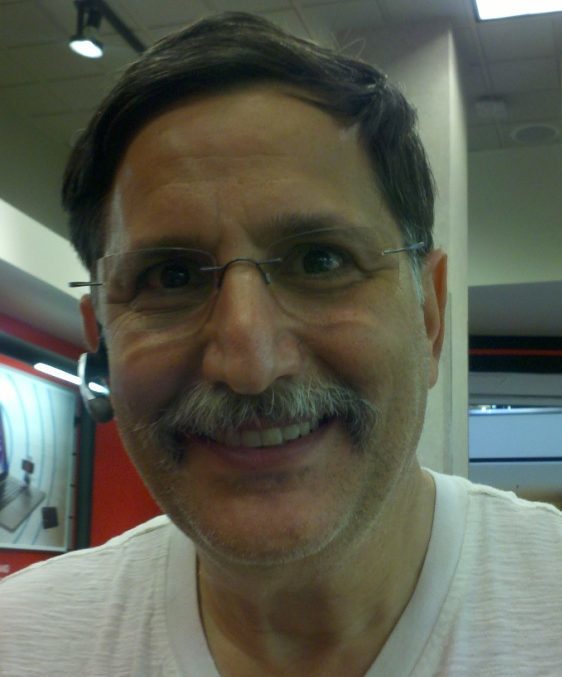At the end of parashat Emor, our rabbis focus on a single phrase, “You shall have one justice for the stranger and the citizen alike, I am the Eternal.” (Leviticus 24: 22)
We have to ask ourselves: how are we doing upholding the principle of equal justice? Let us begin with the great scholar who heard a villager demand: An eye for an eye, and a tooth for a tooth. His response is well known. Tevye the milkman retorted: Very good. That way the whole world will be blind and toothless. Of course, Mahatma Gandhi and Dr. Martin Luther King, Jr. also said the same thing. Maybe equal justice is not an eye for an eye. So what is it?
In the upper middle class unincorporated town where I live, DWB is a crime. That is Driving While Black or Brown. If the sheriff or the highway patrol has pulled a car over near my home, there is a better than average chance that the driver is a man of color. And it’s not just in my town. Nationwide, African-American drivers are 31% more likely to be stopped by the police, and once stopped thery are more than twice as likely to be subjected to a police search.
Compare that to my brother’s experience. In 1976, my brother was the first white football coach at the Historically Black College, Grambling, in Louisiana. Assigned to recruit new players, he made especially sure that he had the proper paperwork proving that this white man had the right to drive a Grambling vehicle. And sure enough, an African-American officer pulled over this Jewish-American and demanded to see his papers. The officer seemed to be satisfied, but he motioned to my brother to follow him. My brother was panicking. He was sure that the officer was going to bring him to a court or straight to jail. And as they passed through the town, he was terrified that “they” were going to kill him and leave his body by the side of the road. The next thing he knew, he was following the trooper into what can only be called a shantytown. Now he didn’t know what to expect. Suddenly the officer stopped, got out of his vehicle, and motioned to my brother to do the same. “Coach,” the officer said, “the young man who lives here is the best football player this town has ever had. You have to convince him to go to Grambling.”
If you are driving in the wrong place at the wrong time, the color of your skin can make all the difference in how things turn out.
As Jews, we do not take literally the biblical injunction known as lex talionis, “an eye for an eye,” found in this week’s parashah (Lev. 24:20) and in parashat Mishpatim (Ex. 21:24). Since the days of the Mishnah (1st and 2nd centuries C.E.), our sages and rabbis have taught, “One who injures another becomes liable for five things: loss of use, pain, healing, loss of time, and humiliation.” (Mishnah Bava Kama 8:1) The Gemara then continues with several lengthy proofs and inferences derived from other verses. The entire discussion begins with, “Does the Divine Law not say ‘Eye for eye’? Why not take this literally to mean [putting out] the eye [of the offender]? — Let not this enter your mind! [In other words: forgetaboutit!]” (Bava Kama 83b).
The entire shift away from a literal “eye for an eye” rests on the Torah principle that “we must have one law for everyone.” R. Dostai b. Judah asked: [How can there be justice in an eye for an eye] if the assailant had a large eye and the victim had a small eye? How could the same law apply if one was a giant and the other a little person?
Justice is only just when it is applied equally. The first century C.E. philosopher Philo wrote: “Equality is the mother of Justice, queen of all virtues.” (Noah’s Work, 28) This will not be true until the day that we can sincerely and truly say all are equal in the eyes of the law. We must wait until we can be sure that our police institutions, courts, and judicial system have become color-blind and follow our Torah law not to show deference to the rich, and to judge fairly (Lev. 19:15). Only then can we justly apply the rabbis’ interpretation of the lex talionis. Sadly, that day may be far away.
Rabbi Harry A Manhoff serves Temple Beth Sholom in San Leandro, CA. He was one of the original members of Rabbis for Human Rights and considers one of his greatest achievements to be establishing the JFTY Mitzvah Corps, now in its 46th year.

